Latest Articles
- Most Recent
- RollerAds
- Adsterra
- Epom
- ClickDealer
- Monetag
- Mondiad
- Kinsta
- HilltopAds
- Clickadu
- PubFuture
- BigSpy
- Venatus
- 152 Media
- Refinery89
- YieldMonk
- MyBid
- Profit Ninja
- Epom Market
- Sanebox
 Website Monetization
Website Monetization
7 Best CPM Ad Networks in Canada
Ad networks are the middle-men between publishers and advertisers and essentially, it just gathers the publisher’s ad inventories, puts them together and sells them to advertisers in exchange for a share from the revenue. What ad network you choose can truly impact what you earn. At the end of the day, Canada offers a very solid CPM and if you make the right choice, you could be earning well. There are several ad networks in North America and we have narrowed down the best in Canada. Check out this list of the best CPM ad networks in Canada where we have listed out the network, their features and pros in detail.
 Website Monetization
Website Monetization
6 Best CPM Ad Networks in Europe
Cost per mille, or CPM, is a pricing strategy used in advertising. It assists in figuring out how much money you get from each thousand website ad impressions. For publishers, the metric is the average cost they get for each 1,000 ad views when they view their CPM. However, there are situations when the precise cost of an advertisement can vary significantly. Publishers ought to depend more on eCPM because of this. This article delves into the six best CPM ad networks in Europe, providing insights into their features and advantages.
 Website Monetization
Website Monetization
HilltopAds Review: A Competitive CPM Ad Network for Publishers
Whether you use two or more ad networks to facilitate effective monetization or are in search of the ideal one that will simplify the task of leveraging your content, weaving through mountains of information is always a challenge. A good ad network aggregates supply and demand in ways that not only sustain advertisers but equally enhance liquidity and revenue for publishers. Additionally, they provide high-quality ads, and on-time payments, and align with your audience demographics and interests through diverse ad formats.Today we review HilltopAds, whose comprehensive solutions optimizes revenue for publishers across a wide range of verticals with competitive CPM rates. Let’s delve into an in-depth evaluation of the platform’s strengths and potential, to explore what it can do, what makes it unique, and our reasons for recommending it.
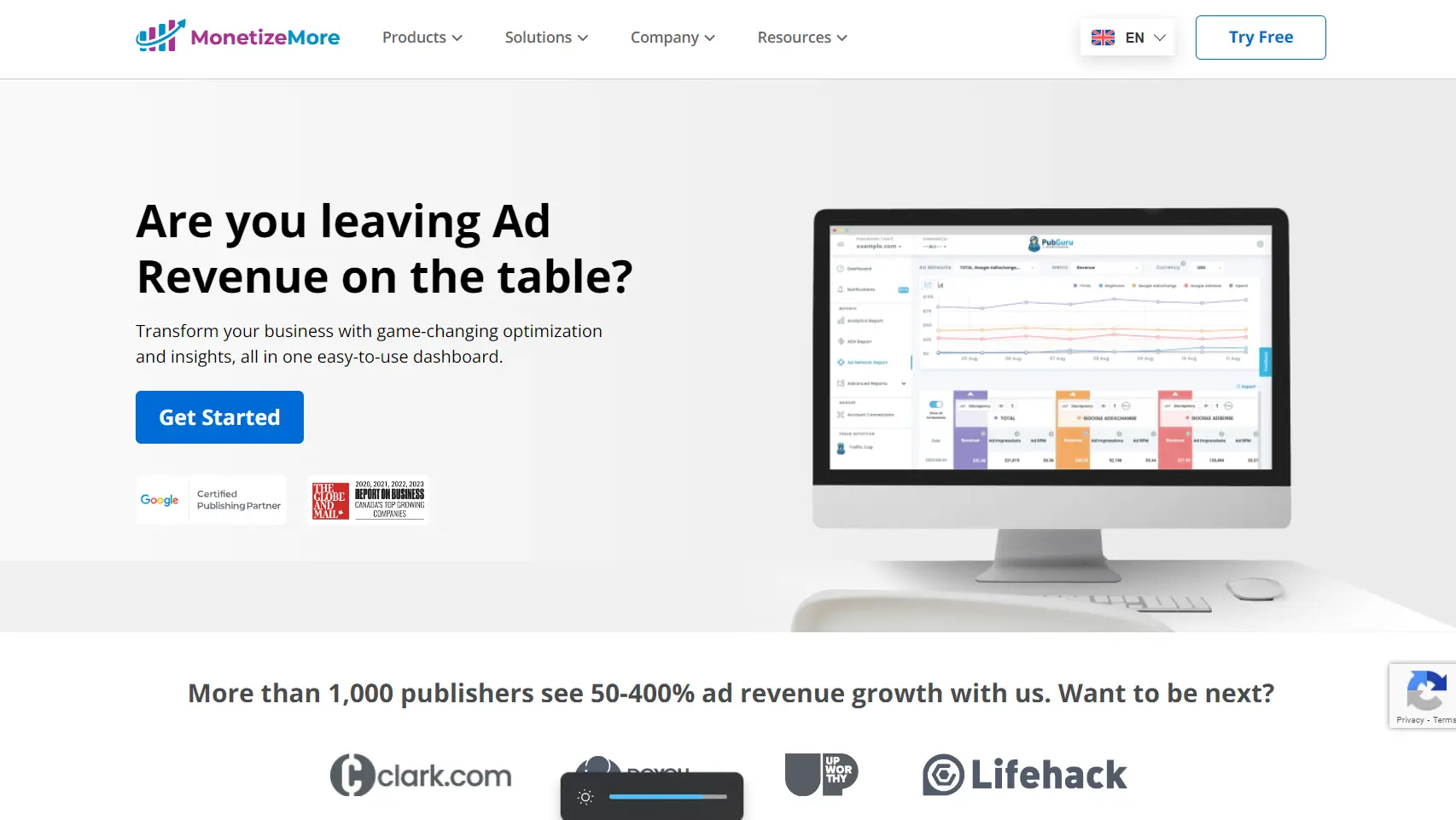 Website Monetization
Website Monetization
Monetizemore Review: Maximizing Revenue with the Ultimate Ad-Tech Partner for Publishers
MonetizeMore is a rapidly expanding ad tech company that has established itself as one of the industry leaders in ad revenue optimization. PubGuru, their award-winning programmatic ads management platform for publishers offers a range of tools and solutions to maximize revenue from digital advertising. As a Google Certified Publishing Partner, Monetizemore’s objective is to help publishers extract the highest possible value from their online content and advertising inventory. While ad revenue is the final goal, they also work on improving your website from different aspects including ad server, SEO, content quality, and more.
-1711300924.webp) Website Monetization
Website Monetization
Kadam Review: Best Audience Monetization Platform for Publishers
Finding a monetization platform that offers offer a combination of advanced targeting capabilities, robust ad inventory management tools, reliable payment systems, and excellent customer support can be tricky. Especially, when you are looking for versatility in ad formats with a diverse audience base. Thanks to Kadam, you’ll never have to jump networks. Here’s a closer look at Kadam as one of the prominent ad networks today, and how it can foster incremental revenue for publishers. Keep scrolling!
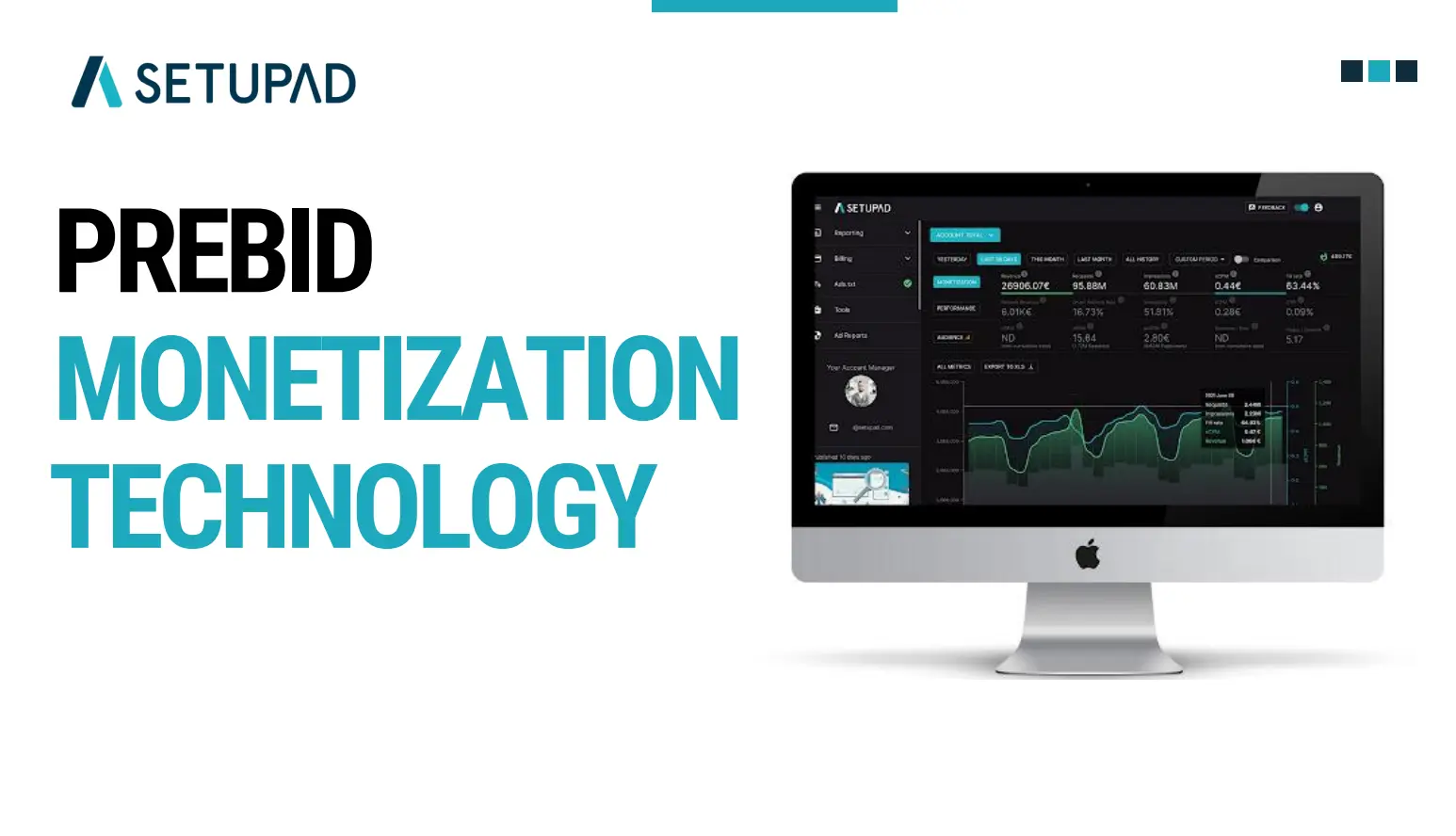 Website Monetization
Website Monetization
Setupad Review: Best Prebid Self-Serve for Premium Publishers
Setupad is a leading ad monetization platform empowering publishers, offering innovative solutions to maximize ad revenue. Its Prebid Self-Serve platform further enhances in-house monetization by integrating seamlessly with Google Ad Manager (GAM) and Prebid technologies. By choosing Setupad as a monetization partner, publishers can unlock incremental growth and revenue, supported by data-driven analytics, real-time reporting, and a commitment to transparency and performance tracking. Their advanced technologies ensure publishers receive top bids from market demand sources. In this Setupad review, we will look at one of its many products for publishers - Prebid Self-Serve, where publishers can swiftly launch header bidding, add their SSP accounts, and gain control over ad operations for improved inventory monetization.






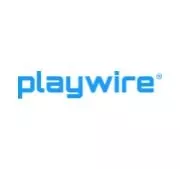






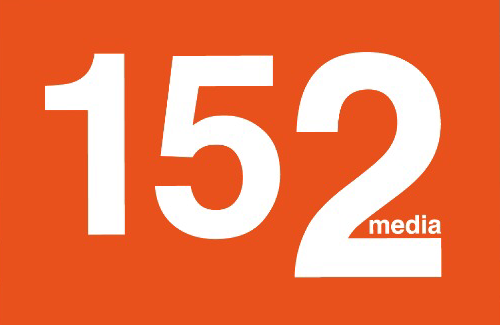

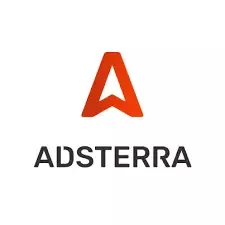


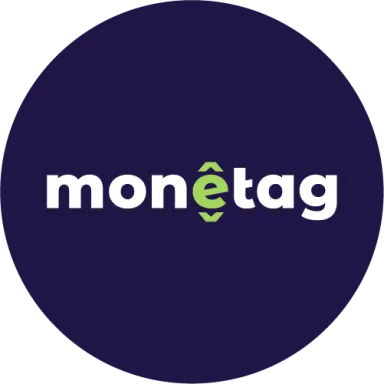
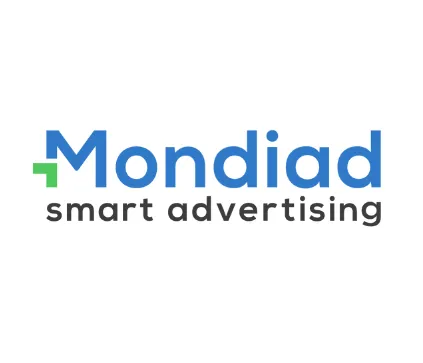



 (1).webp)

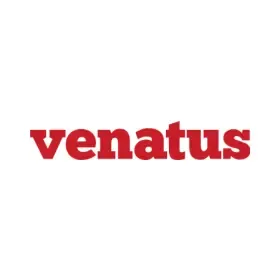
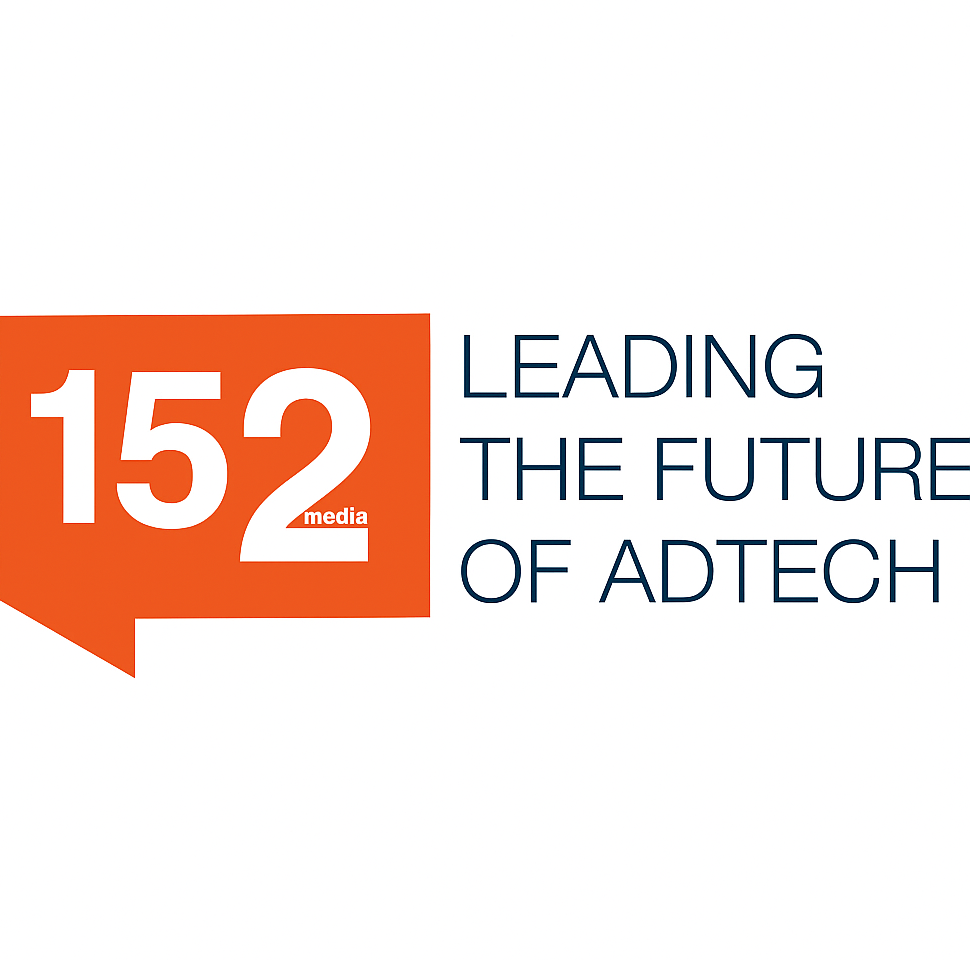




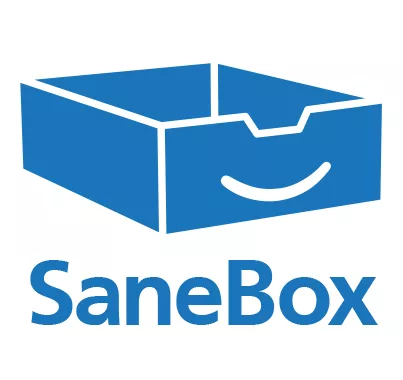

















-1668044393.jpeg)